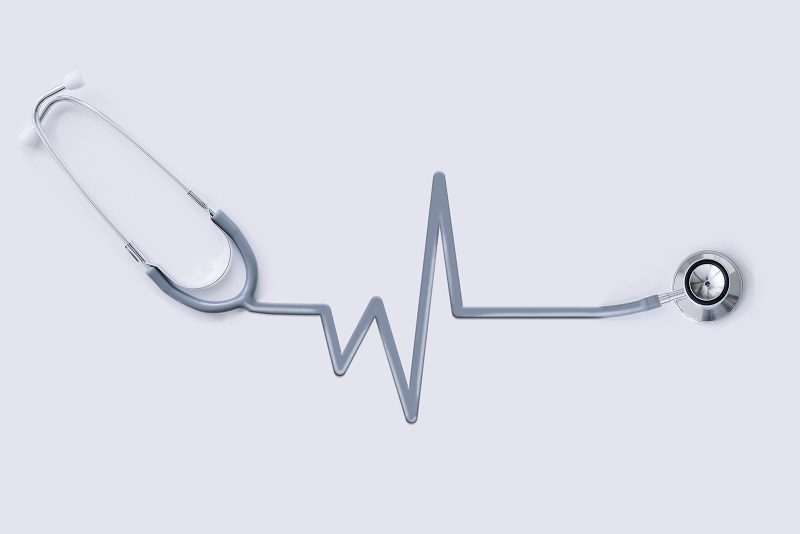Critical congenital heart disease
Critical congenital heart disease (CCHD) is a term that refers to a group of serious heart defects that are present from birth. These abnormalities result from problems with the formation of one or more parts of the heart during the early stages of embryonic development. CCHD prevents the heart from pumping blood effectively or reduces the amount of oxygen in the blood. As a result, organs and tissues throughout the body do not receive enough oxygen, which can lead to organ damage and life-threatening complications. Individuals with CCHD usually require surgery soon after birth.
Although babies with CCHD may appear healthy for the first few hours or days of life, signs and symptoms soon become apparent. These can include an abnormal heart sound during a heartbeat (heart murmur), rapid breathing (tachypnea), low blood pressure (hypotension), low levels of oxygen in the blood (hypoxemia), and a blue or purple tint to the skin caused by a shortage of oxygen (cyanosis). If untreated, CCHD can lead to shock, coma, and death. However, most people with CCHD now survive past infancy due to improvements in early detection, diagnosis, and treatment.


Some people with treated CCHD have few related health problems later in life. However, long-term effects of CCHD can include delayed development and reduced stamina during exercise. Adults with these heart defects have an increased risk of abnormal heart rhythms, heart failure, sudden cardiac arrest, stroke, and premature death.
Each of the heart defects associated with CCHD affects the flow of blood into, out of, or through the heart. Some of the heart defects involve structures within the heart itself, such as the two lower chambers of the heart (the ventricles) or the valves that control blood flow through the heart. Others affect the structure of the large blood vessels leading into and out of the heart (including the aorta and pulmonary artery). Still others involve a combination of these structural abnormalities.
Heart defects are the most common type of birth defect, accounting for more than 30 percent of all infant deaths due to birth defects. CCHD represents some of the most serious types of heart defects. About 7,200 newborns, or 18 per 10,000.

In most cases, the cause of CCHD is unknown. A variety of genetic and environmental factors likely contribute to this complex condition.
Changes in single genes have been associated with CCHD. Studies suggest that these genes are involved in normal heart development before birth. Most of the identified mutations reduce the amount or function of the protein that is produced from a specific gene, which likely impairs the normal formation of structures in the heart. Studies have also suggested that having more or fewer copies of particular genes compared with other people, a phenomenon known as copy number variation, may play a role in CCHD. However, it is unclear whether genes affected by copy number variation are involved in heart development and how having missing or extra copies of those genes could lead to heart defects. Researchers believe that single-gene mutations and copy number variation account for a relatively small percentage of all CCHD.
CCHD is usually isolated, which means it occurs alone (without signs and symptoms affecting other parts of the body). However, the heart defects associated with CCHD can also occur as part of genetic syndromes that have additional features. Some of these genetic conditions, such as Down syndrome, Turner syndrome, and 22q11.2 deletion syndrome, result from changes in the number or structure of particular chromosomes. Other conditions, including Noonan syndrome and Alagille syndrome, result from mutations in single genes.

Progressive familial heart block
Progressive familial heart block is a genetic condition that alters the normal beating of the heart. A normal heartbeat is controlled by electrical signals that move through the heart in a highly coordinated way.
Progressive familial heart block can be divided into type I and type II, with type I being further divided into types IA and IB. These types differ in where in the heart signaling is interrupted and the genetic cause. In types IA and IB, the heart block originates in the bundle branch, and in type II, the heart block originates in the atrioventricular node. The different types of progressive familial heart block have similar signs and symptoms.

The prevalence of progressive familial heart block is unknown. In the United States, about 1 in 5,000 individuals have complete heart block from any cause; worldwide, about 1 in 2,500 individuals have complete heart block.

Mutations in the SCN5A and TRPM4 genes cause most cases of progressive familial heart block types IA and IB, respectively. The proteins produced from these genes are channels that allow positively charged atoms (cations) into and out of cells. Both channels are abundant in heart (cardiac) cells and play key roles in these cells’ ability to generate and transmit electrical signals. These channels play a major role in signaling the start of each heartbeat, coordinating the contractions of the atria and ventricles, and maintaining a normal heart rhythm.
The SCN5A and TRPM4 gene mutations that cause progressive familial heart block alter the normal function of the channels. As a result of these channel alterations, cardiac cells have difficulty producing and transmitting the electrical signals that are necessary to coordinate normal heartbeats, leading to heart block. Death of these impaired cardiac cells over time can lead to fibrosis, worsening the heart block.
Mutations in other genes, account for the remaining cases of progressive familial heart block.


